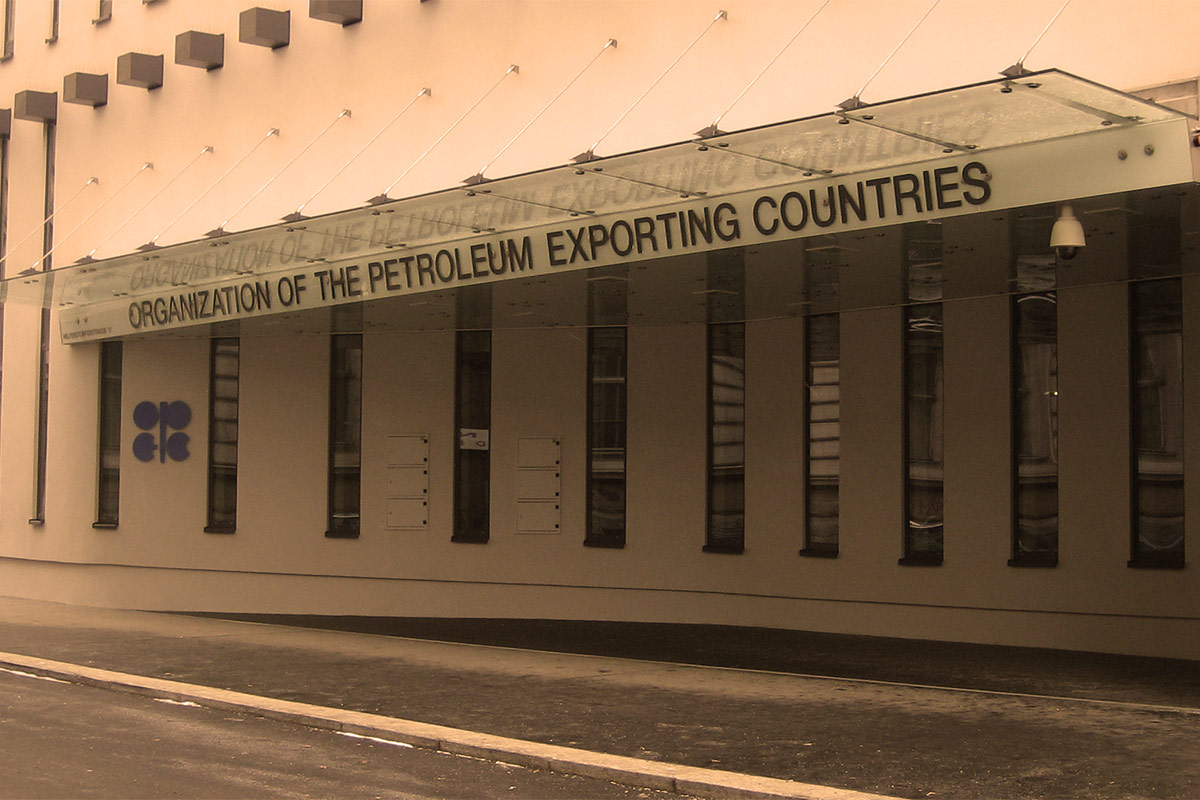The agreement in Vienna
The Organization of Petroleum Exporting Countries (OPEC) and a number of oil producing countries outside the cartel reached at the end of November last year their first agreement since 2001 to cut global oil production by 2%, in an attempt to force an increase in the hydrocarbons prices. Thus, the non-member states will reduce the output by 562,000 barrels per day (bpd) as part of the global agreement with OPEC. Initially, these countries had announced that they would supply by 600,000 bpd less.
On November 30, 2016, the OPEC countries reached an agreement to cut production by 1.2 million barrels a day as of January 2017, the first production decrease decided by OPEC in recent years. The agreement to decrease production was signed by 12 non-OPEC countries (Azerbaijan, Bahrain, Bolivia, Brunei, Equatorial Guinea, Kazakhstan, Malaysia, Mexico, Oman, Russia, Sudan and South Sudan), and the largest cut in production, of 300,000 barrels per day, is to be made by Russia.
If the agreement signed in Vienna will be implemented, the global oil market will shift from surplus to deficit in the first half of 2017, according to estimates by the International Energy Agency (IEA). Thus, IEA has halved the estimates on the increased supplies from non-OPEC countries to 220,000 bpd for next year, down to 57 million barrels per day (bpd). The organization has revised upwards the estimate regarding global oil demand in 2017 by 100,000 barrels per day. The consumption will increase by 1.3 million bpd, or 1.4%, to 97.6 million barrels per day.
During the next six months, crude oil stocks will fall by 600,000 barrels per day as a result of the coming into force of the agreement on production cuts, IEA announced, having previously estimated that a decline in stocks will not take place by the end of 2017. If these cuts are operated, the oil price could exceed USD 65 per barrel by May, when the next OPEC meeting is scheduled, international analysts say.
The signing of the agreement has resulted in mitigating the conflicts between the cartel’s three main players, Saudi Arabia, Iran and Iraq, international media says. Saudi Arabia has accepted that its geostrategic rival, Iran, would increase production to 3.9 million barrels per day. On the other hand, in addition to cutting production in some countries, the Vienna agreement was seen as a breath of fresh air for the public finances of Venezuela and Libya. Also, the US shale oil producers, but also energy giants such as Royal Dutch Shell Plc, could take advantage of the oil’s higher prices.
The largest Russian oil private company, Lukoil, has an investment programme for 2017 built on an oil price of USD 40 per barrel, said recently Vagit Alekperov, the President of the second largest Russian producer of crude oil in an interview with Rossiya-24 TV station and taken over by the international media. Lukoil’s oil production will remain at about 84-85 million tonnes during 2017 – 2018, and in 2016 the net profit could fall by 35-40% against 2015, Vagit Alekperov said. The net profit for July – September 2016 was of 54.8 billion rubles (USD 843 million), below the analysts’ estimates of 55.4 billion rubles. Sales fell by 2.5% to 1,300 billion rubles, whereas the earnings before taxes, interest, depreciation and amortization (EBITDA) declined by 12.5% to 165.9 billion rubles. The decrease in revenues was due to lower crude oil prices and to the higher export taxes, although the refining margin was higher in Russia, Lukoil informed. Russian companies are facing decline in oil production due to depletion of deposits in Western Siberia. Thus, the producers have adopted new methods of extracting oil, such as hydraulic fracturing and horizontal drilling in order to sustain production.The second largest crude oil producer in Russia has proven reserves of hydrocarbons amounting to about 1.3% of global reserves. The Russian company plans to produce this year about 85 million tons of oil.
Russia is not an OPEC member but, along with Saudi Arabia and the United States, is one of the major oil producers on the planet.



